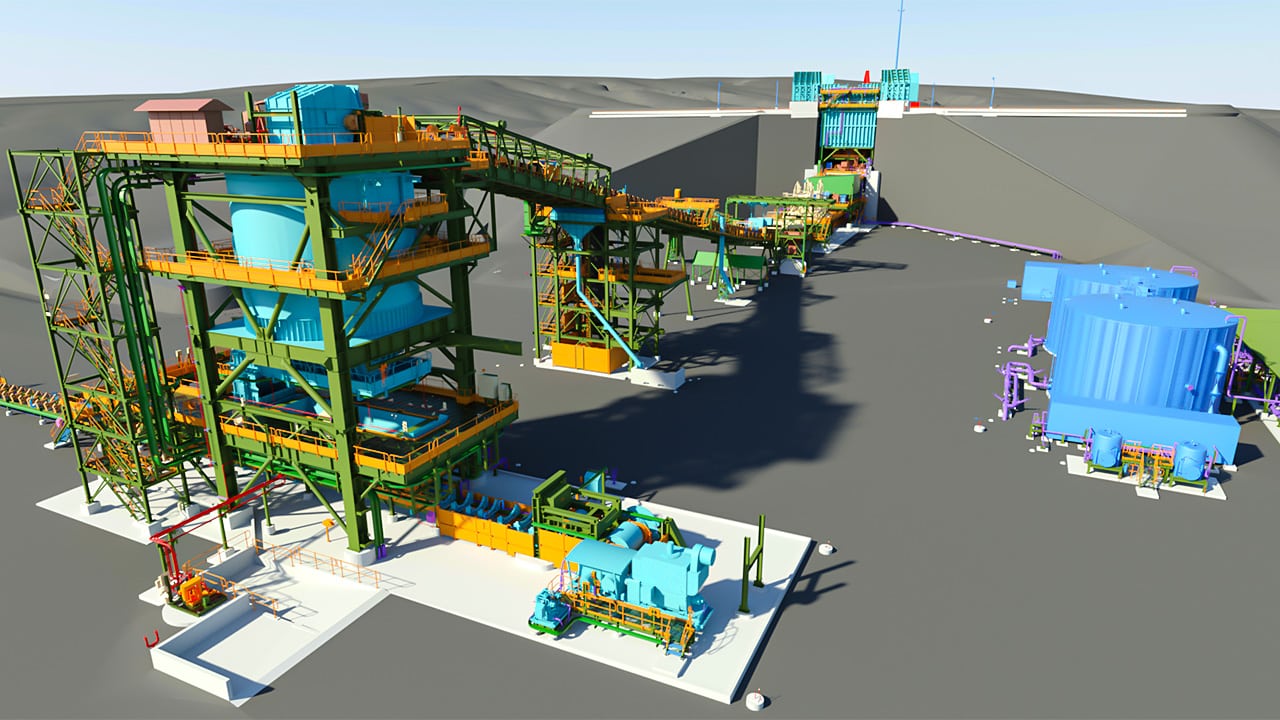The construction and infrastructure industry needs digital disruption. According to research by McKinsey & Company, large construction projects typically take approximately 20 per cent longer to finish than scheduled and are up to 80 per cent over budget.[1]
Construction productivity has also declined since the 1990s, so that financial returns for contractors can often be low and volatile.[2]
In a post-COVID world defined by material shortages, supply chain delays, and a severely constrained labour market, digital technologies have the power to make even the most complex infrastructure projects simpler and more efficient, thus, more cost effective.
In the context of the Western Australian market, David Dawson (Global General Manager ‑ Industrial, DBM Vircon) shared, “Historically, the Western Australia market cycles through periods of boom and bust, driven by the mining sector. Over the last few years, activity dropped. We are now heading back into a peak period. There are over 400 infrastructure projects underway across the state, including METRONET and a range of road upgrades. Valued at $10.4 billion, these projects will support some 28,000 jobs. This is on top of major growth in the residential market, stimulated by the government’s COVID support packages, as well as large mining projects on the horizon for the likes of BHP and Fortescue Metals Group.”
“All these projects will potentially face shortages in materials and resources. With borders having been closed for two years, hindering the usual migratory patterns, there is a lot less people power than ever before. As such, the construction industry must focus on optimising planning efficiencies and construction productivity to minimise time spent on-site and wasted materials due to poor design. Digitization affords all these benefits—and more,” said Dawson.
Efficiencies Gained by Digital Engineering and 3D Modeling
DBM Vircon’s recent work on the $4.5 billion South Flank iron ore mine for BHP illustrates how digital engineering and 3D modeling can make the most complex project simpler; practices which are readily applicable to the infrastructure sector. “The South Flank project is a great example of how digital engineering improves efficiencies. We shared some of the design-oriented work with the project engineer. Not only did this reduce overall project hours, it helped the project team confirm construction schedules and erectability earlier, and solve issues on the fly,” said Dawson.
Construction modeling helps streamline the design process by checking fits ups and identifying clashes in the construction of an asset in real time, and resolving design intent, discrepancies and geometry early on. Mistakes are mitigated before fabrication and construction, reducing the need for unnecessary labour and material costs.
“With the project team able to access a millimetre perfect model early in the construction cycle, metadata is more accurate and used more effectively. For example, rather than providing high level estimates with contingencies built into pricing, sub-contractors can submit highly accurate quotes. Materials can be ordered and delivered earlier, which is particularly important in a material-constrained market. All these factors combine to substantially de-risk a project,” said Dawson.
The synergies and efficiencies realised by construction modellers, engineers, and general contractors in the height of the previous mining booms can just as easily be applied to major infrastructure projects in Western Australia, or anywhere else. Collaboration and strong team partnerships, with a digital-first mindset, could see the 20% schedule slippage and 80% budget overruns reduced in a materially significant way.
[1] https://www.mckinsey.com/business-functions/operations/our-insights/imagining-constructions-digital-future
[2] Ibid.



